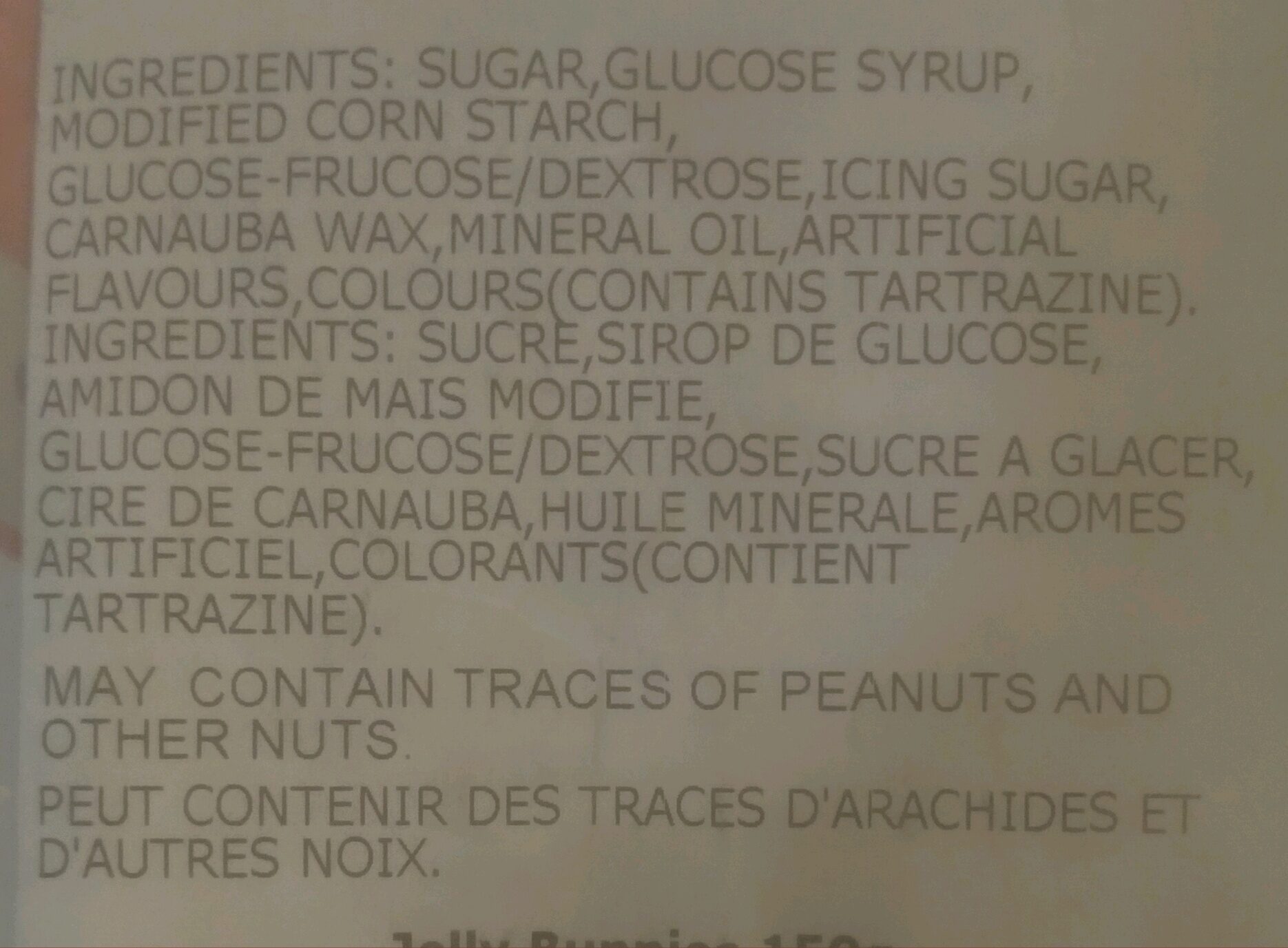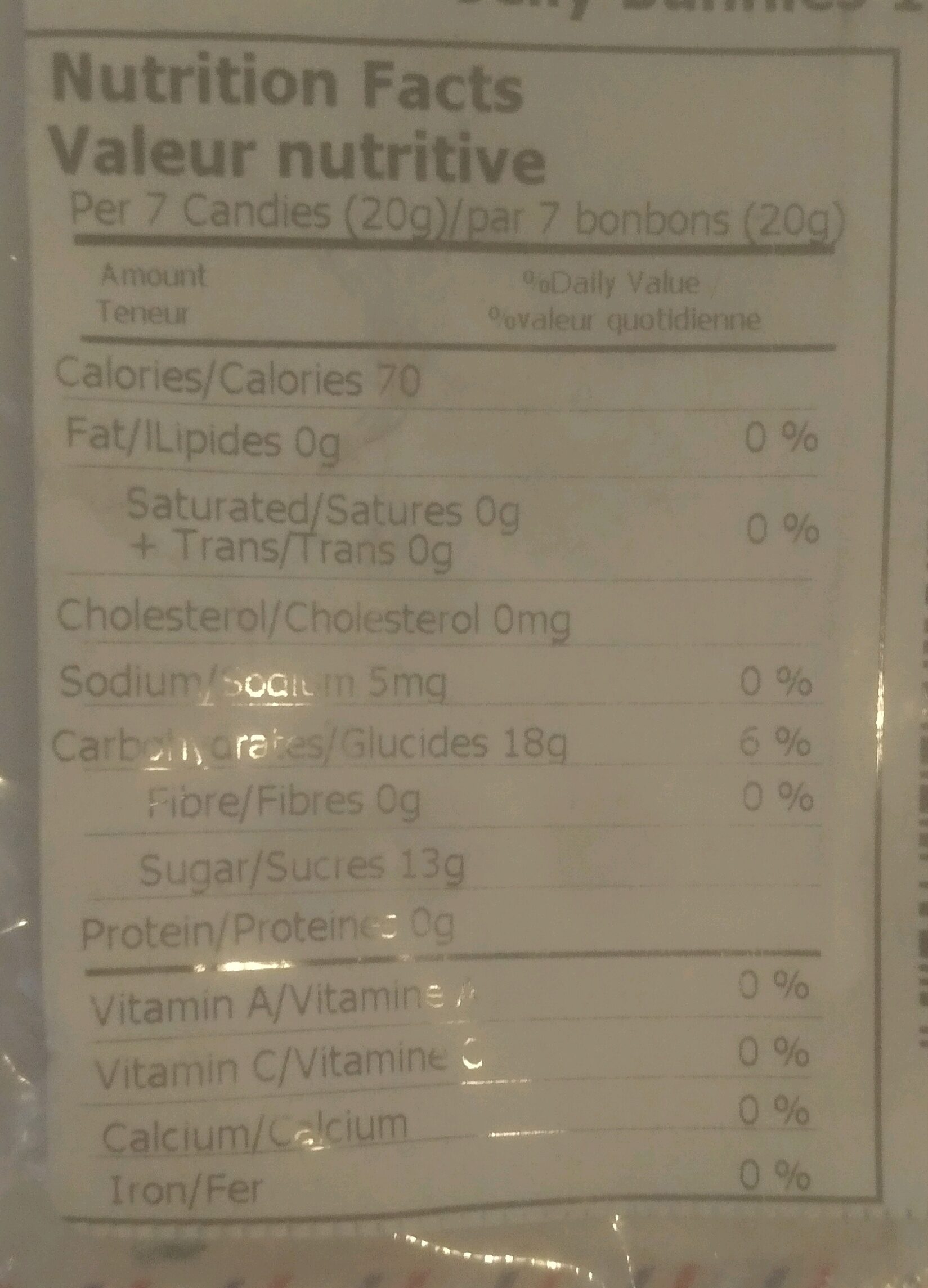Jelly Bunnies - Nutty Club - 150 g
La page de ce produit n'est pas complète. Vous pouvez aider à la compléter en l'éditant et en ajoutant plus de données à partir des photos que nous avons, ou en prenant plus de photos à l'aide de l'application pour Android ou iPhone / iPad. Merci!
×
Code-barres: 0061966020457 (EAN / EAN-13) 061966020457 (UPC / UPC-A)
Quantité : 150 g
Marques : Nutty Club
Catégories : Snacks, Snacks sucrés, Confiseries
Magasins : Safeway
Pays de vente : Canada










